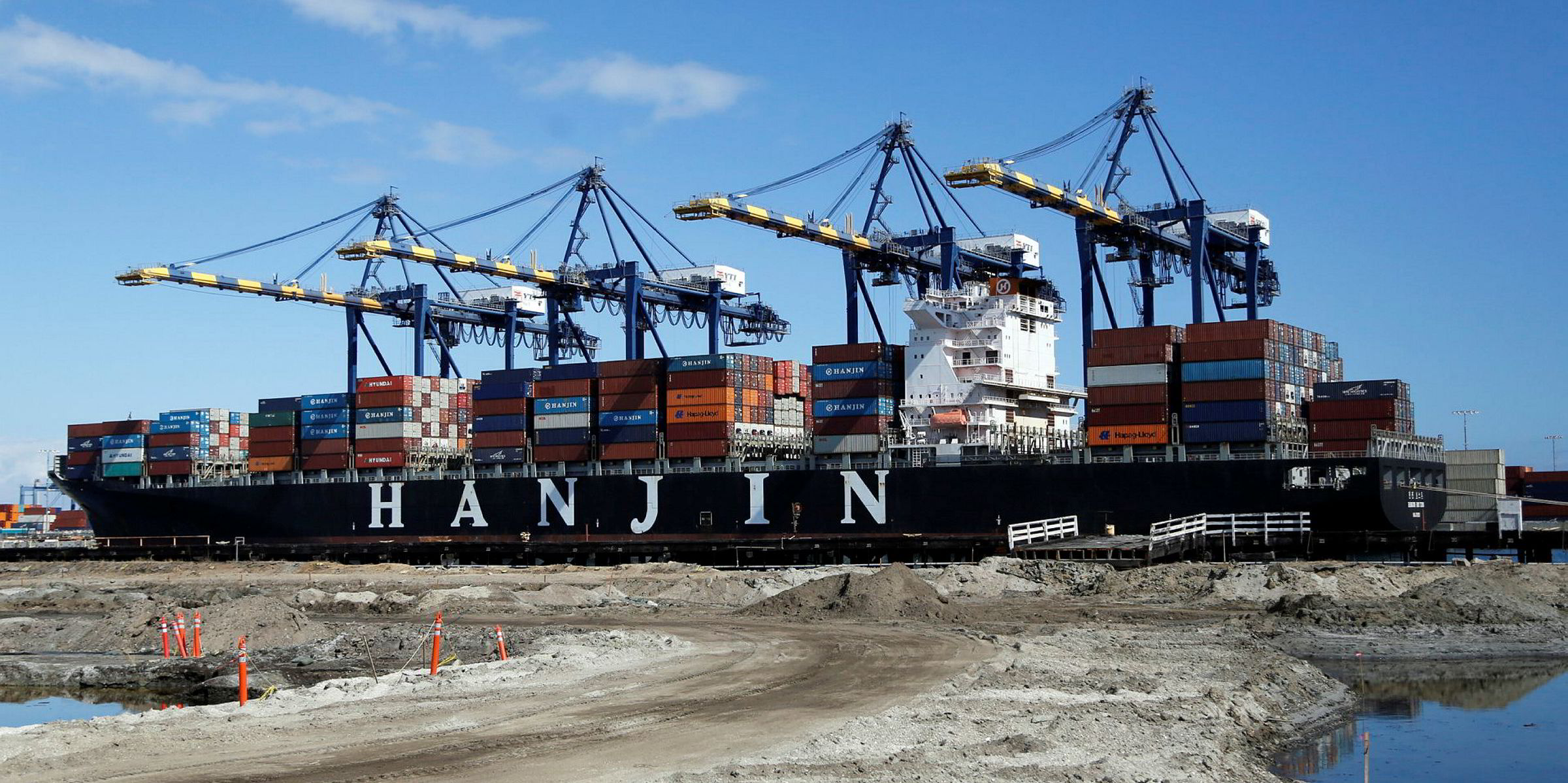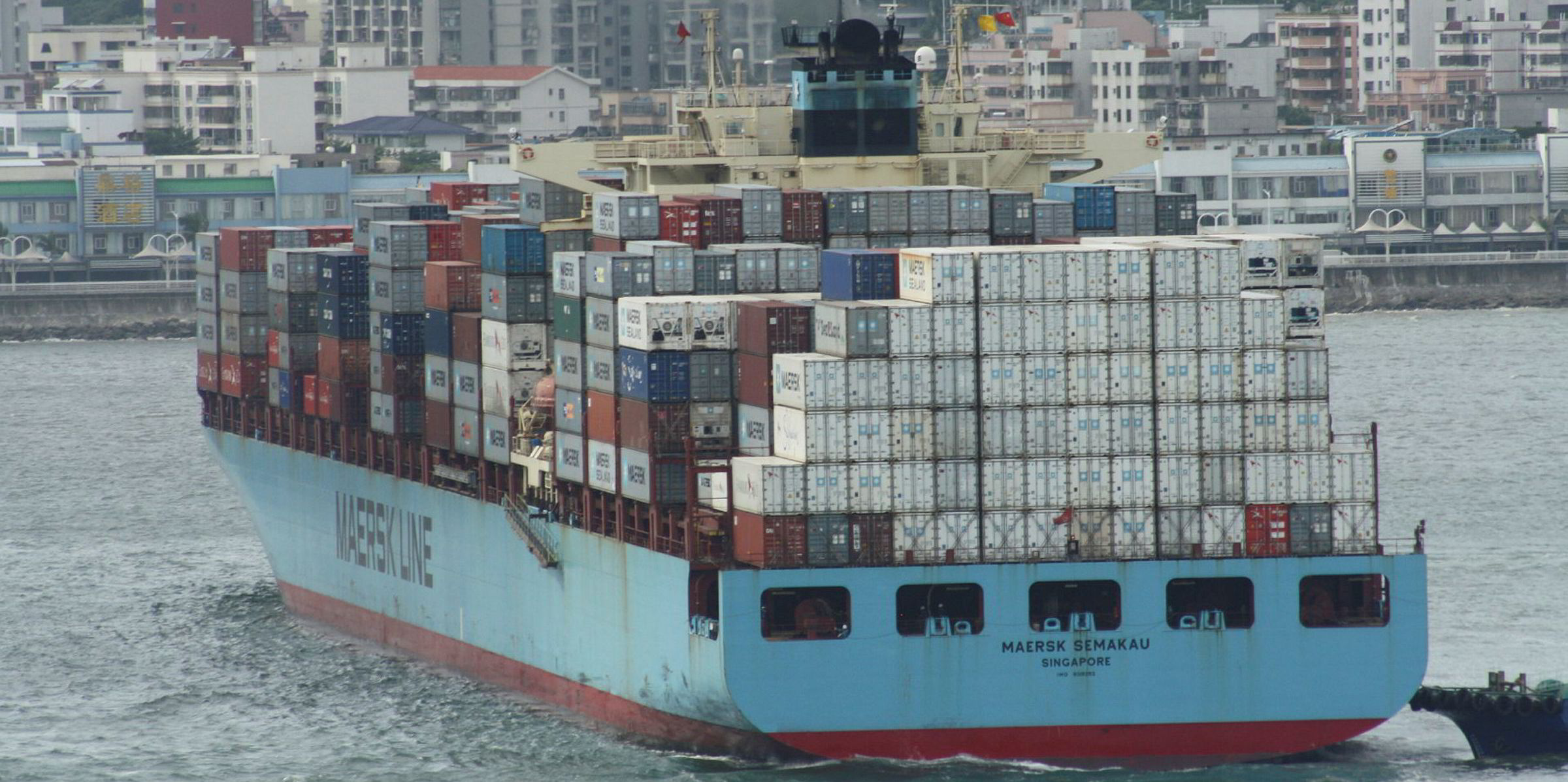The collapse of Hanjin Shipping four years ago had a dramatic impact on the liner sector.
For one of the top 10 operators to be forced into liquidation underlined the problems stemming from the 2008 financial crisis and Great Recession that followed.
The difficulties were not isolated to the leading South Korean operator: the world’s biggest independent boxship operator, AP Moller-Maersk, lost $1.9bn in 2016, only its second annual loss since World War II.
Since then, the government in Seoul has repeatedly stepped in with financial aid to ensure that Hanjin’s effective successor, HMM, does not go the same way.
That caused accusations of unfair competition from Denmark, although this argument has been diluted by a series of temporary bailouts delivered to the container sector worldwide to deal with the impact of Covid-19.
Wake-up call
The French state stepped in with a guarantee on $1bn-worth of new funding for CMA CGM. Taiwan government-owned Yang Ming Marine Transport has also been raising cash to help it ride out the rough weather. Even the Danish government has been helping the maritime sector out.
But the demise of Hanjin woke everyone up.
The container sector has curbed its newbuilding orders — with the odd exception — and become more focused on cost reduction.
Consolidation and the building of a series of ever larger global alliances became the order of the day.
CMA CGM acquired American President Lines, Hapag-Lloyd merged with United Arab Shipping Co, and China Shipping Container Lines joined forces with China Ocean Shipping Co.
Operators have improved fleet supply management, pooled cargo, shared networks and taken advantage of economies of scale, allowing them to strip out costs and — let’s be open about this — reduce competition
The three big Japanese lines, NYK, MOL and K Line, joined forces, while there has also been some vertical integration, with operators buying terminals.
All of these moves have helped containership operators to improve fleet supply management, pool cargo, share networks and take advantage of economies of scale.
This has essentially allowed them to strip out costs and — let’s be open about this — reduce competition.
Rate fluctuations
In many ways this has helped shippers by removing some freight rate fluctuations and providing a basic continuity of service.
Between 2004 and 2018, the number of individual companies offering services per country declined by nearly 40%, according to estimates from the United Nations Conference on Trade and Development.
By mid-2018, 70% of capacity was in the hands of the top 10 global container operators.
Threats of an unofficial oligopoly have been discussed by regulators, but the consolidation moves have not been stopped.
And in the middle of this pandemic, the self-help strategy adopted by the boxship sector has shown real benefits. Rather than trying to keep market share by operating flat out regardless of the impact on freight rates, operators have cut services in reaction to falling demand caused by Covid-19.
Even by February, Maersk was saying it had run up to 50 blank sailings. By mid-May, it was talking of 140 being cancelled in the second quarter alone.
In early April, container analyst Sea-Intelligence was warning of potential collective losses of $23bn for liner operators this year, based on a 10% reduction in trade volumes and a collapse in freight rates.
This week, the Danish analyst admitted the industry could yet notch up $9bn in profits if freight rates keep rising. With China coming out of lockdown, rates on the key trans-Pacific trade have been rising strongly for the past month.
Not out of the woods yet
The World Container Index is 40% higher that at this time last year, although a second bout of Covid-19 cannot be ruled out, so operators are not completely out of jeopardy.
But the sector has performed well so far, keeping services going and looking after its own interests too. This has surely been noted and appreciated by the public, raising the profile of an often-overlooked key economic sector.
These factors may act as credits when the maritime industry again comes under pressure to decarbonise quicker. Meanwhile, shippers, governments and regulators will be pleased a new Hanjin is not on the horizon — but it would be foolish to be too complacent.







